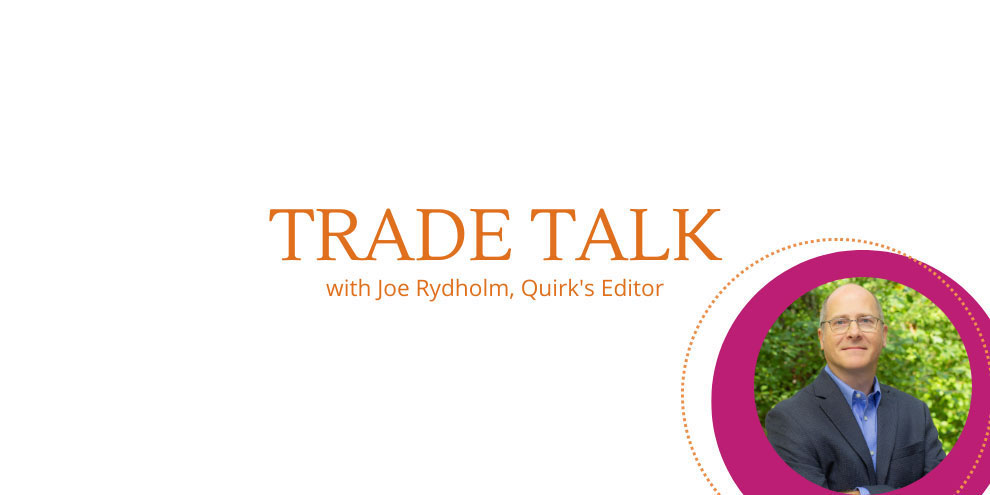It’s been interesting in recent years to see more and more assertions that the B2B customer, who was previously thought to be focused on price and price alone, is actually subject to the same kinds of emotions that are regularly claimed to sway the average consumer.
As more and more creativity is applied to B2B research, beyond the dry market studies or surficial satisfaction surveys, we’re learning – perhaps not surprisingly, since they are human beings after all – that factors like job security, saving face and good old-fashioned fear can and do impact the choices that B2B buyers end up making.
That said, price is still a big deal – and an area that many companies feel they need to work on, according to a Bain & Company survey of execs. The global survey of sales leaders, vice presidents of pricing, CEOs, CMOs and other executives at more than 1,700 B2B companies gathered their self-rating of 42 pricing capabilities and outcomes and found that 85 percent of them think they and their companies can improve their pricing strategies.
In articles in Harvard Business Review (“A survey of 1,700 companies reveals common B2B pricing mistakes”) and Bain’s own outlets (“Is pricing killing your profits?”), Bain & Company’s Ron Kermisch and David Burns did deep dives into the findings to highlight some problem areas and solutions for them.
To understand the pricing-related capabilities that matter most, Bain studied a subset of top-performing companies, as defined by increased market share, self-described excellent pricing decisions and execution of regular price increases. As Kermisch and Burns note, the top performers are more likely to:
- employ truly tailored pricing at the individual customer and product level;
- align the incentives for frontline sales staff with the pricing strategy, encouraging prudent pricing through an appropriate balance of fixed and variable compensation; and
- invest in ongoing development of capabilities among the sales and pricing teams through training and tools.
Excelling at pricing pays off. Among the companies that do well in all three areas, 78 percent are top performers, versus just 18 percent of companies that excel in none of the three, Bain found.
Rather than using one-size-fits-all pricing strategies, the more-advanced companies tailor their pricing carefully for each combination of customer and product. They bring data and business intelligence (hello, marketing re-search!) to bear on three variables for setting target prices:
- the attributes and benefits that each customer truly values – and how much value is created for them;
- the alternatives and competitive intensity in the industry; and
- the true profitability of the transaction after accounting for leakage in areas such as rebates, freight, terms and inventory holding.
Kermisch and Burns cite the example of a specialty chemical company that actively improved its pricing practices. It created forums for sharing best practices, trained product managers in fundamental pricing analysis and trained salespeople to have better pricing discussions with customers. New dashboards monitored progress toward pricing goals and flagged places where sales reps might be too aggressive or not aggressive enough. Finally, the CEO reinforced these measures by demanding that the product and sales teams report on pricing actions taken and results, so that effective pricing remained a high priority.
That last point about CEO involvement is key. Just as we’ve seen in the marketing research realm, when an organization’s leaders make a large-scale operational change a personal mission and priority, things tend to happen.
